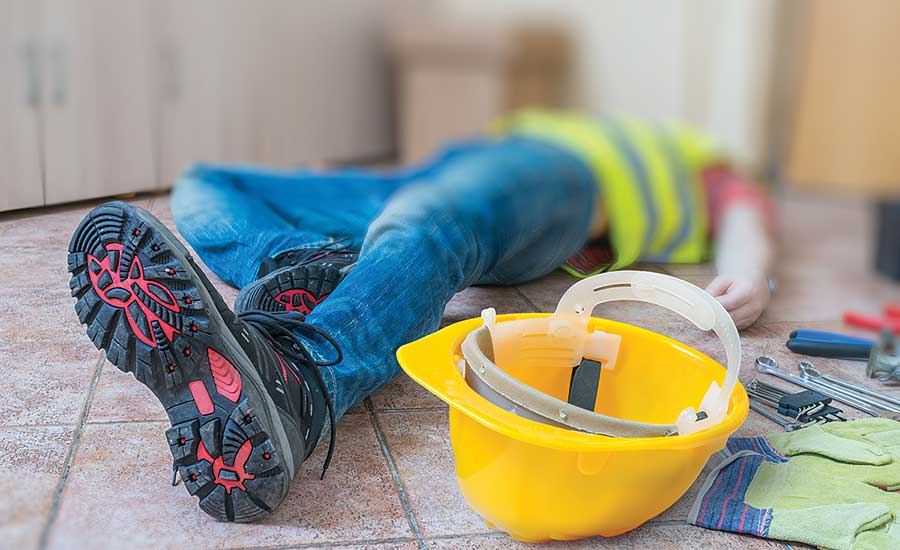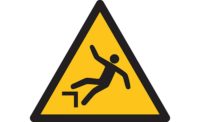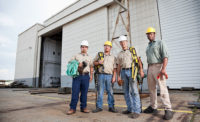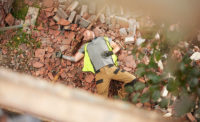History
The Secretary of Labor adopted Construction Standards, which had been issued under the Construction Safety Act in 29 CFR Part 1518, as OSHA standards in accordance with section 6(a) of the OSH Act (36 FR 10466, May 29, 1971). On November 25, 1986, OSHA proposed to revise virtually all of the fall protection provisions of the construction industry standards and to consolidate those requirements, except where specifically provided otherwise, in subpart M [51 FR 42718]. The final rule, 29 CFR Part 1926, Subpart M, which became effective on February 6, 1995, contains general fall protection requirements for construction work.
Key compliance requirements
Employers must assess the workplace to determine if walking or working surfaces have the necessary strength and structural integrity to safely support the workers. The employer must then determine whether fall protection is required (using the requirements set forth in 29 CFR 1926.501) and, if so, select and provide workers with fall protection systems that comply with the criteria found in 29 CFR 1926.502.
Generally, fall protection can be provided through the use of guardrail systems, safety net systems, or personal fall arrest systems. OSHA refers to these systems as conventional fall protection. Other systems and methods of fall protection may be used when performing certain activities. OSHA encourages employers to select systems that prevent falls of any kind, such as guardrails designed to keep workers from falling over the edge of a building.
Enforcement statistics
October 2016 through September 2017 – totals for all industries
Citations: 6,708
Inspections: 6,502
Penalty: $31,218,766
#1 on OSHA’s Top 10 Most Frequently Cited Standards
Most frequently cited provisions
- Each employee who is constructing a leading edge 6 feet (1.8 m) or more above lower levels shall be protected from falling by guardrail systems, safety net systems, or personal fall arrest systems. Exception: When the employer can demonstrate that it is infeasible or creates a greater hazard to use these systems, the employer shall develop and implement a fall protection plan which meets the requirements of paragraph (k) of 1926.502.
- Each employee on ramps, runways, and other walkways shall be protected from falling 6 feet (1.8 m) or more to lower levels by guardrail systems.
- Each employee on a walking/working surface shall be protected from tripping in or stepping into or through holes (including skylights) by covers.
Most cited industries:
- Specialty Trade Contractors
- Construction of Buildings
- Merchant Wholesalers, Durable Goods
- Heavy and Civil Engineering Construction
- Administrative and Support Services
Fall protection compliance assistance
- OSHA’s Fall Protection in Construction booklet offers details on the standard, frequently cited hazards and information on training.
- Safety and Health Regulations for Construction document provides detailed information on each part of the standard. (OSHA)
- Protecting Workers from Falls safety and health topic. OSHA has a web page dedicated to fall protection topics.






